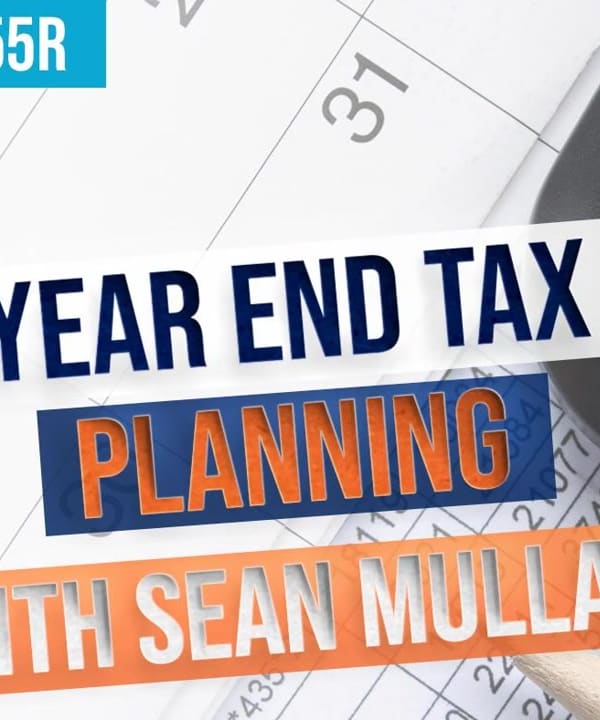How to determine estimated tax payments?
Sources:
Determining estimated tax payments involves careful planning and understanding of your previous year's tax liabilities and current income. Here are key strategies explained by financial experts from the :
-
Safe Harbor Rule:
- Pay 100-110% of Last Year's Tax: If you want to avoid penalties, you can use the safe harbor rule, which involves paying at least 100% of your last year's tax, or 110% if your adjusted gross income (AGI) was above $150,000 1.
- Even Distribution: Ensure the amount is evenly distributed throughout the year through quarterly payments or withholdings 1.
-
Paying Quarterly:
- Payment Deadlines: Make your payments by the quarterly deadlines: April 15, June 15, September 15, and January 15 of the following year 2 3.
- Estimate Current Year Income: Self-employed individuals might need to estimate their current year's income and pay accordingly. A method suggested is calculating your effective tax rate based on previous year's income and applying it throughout the current year to avoid underpayment penalties 4 5.
-
Adjust for Income Changes:
- Income Fluctuations: For those with fluctuating incomes, adjusting payments based on income as it comes in might be necessary. However, this requires additional calculations and possibly filing extra forms with the IRS 6.
-
Setting Aside Money:
- Separate Account: Maintaining a separate account for tax payments can help manage cash flow and ensure you have the funds available when needed 3.
Understanding these principles and regularly setting aside money for estimated tax payments can help you manage your tax obligations smoothly and avoid unnecessary penalties.
RELATED QUESTIONS-



